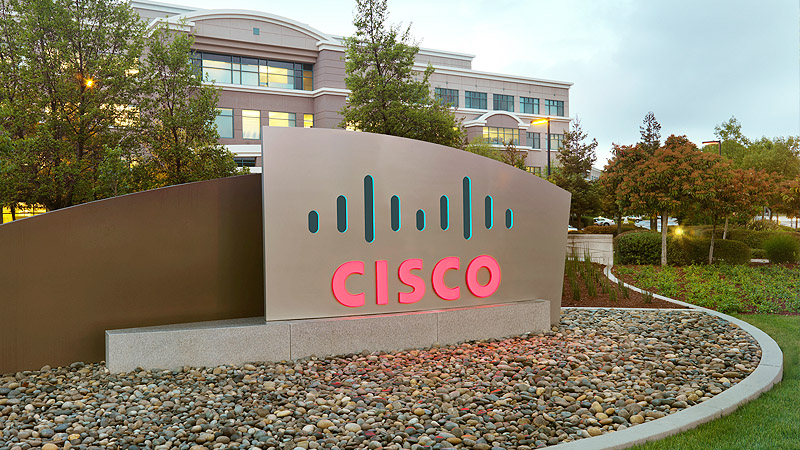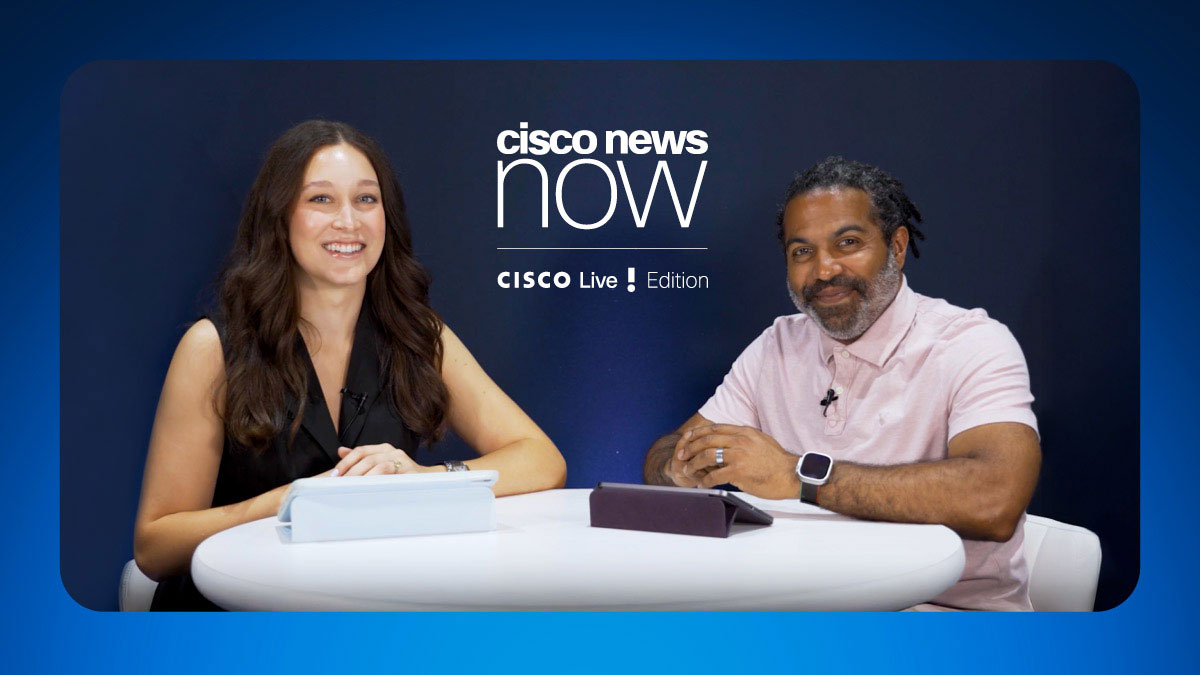SAN JOSE, Calif. - September 22, 1997 - Cisco Systems, Inc. today announced an integrated setof Web-accessible applications to manage increasingly complex enterprise networks. Theseapplications, incorporated into the newest version of CiscoWorks for Switched Internetworks(CWSI), address customer needs for deploying, controlling and tracking switches both within thewiring closet and across the backbone.
Version 2.1 CWSI features a completely redesigned topology interface. Based on Javatechnologies, new capabilities offer Web accessibility and a common user interface forintegrating various applications and hardware devices.
CWSI addresses customer requirements for reducing the complexity associated with managing amultitude of devices along with increased demand for greater security, network services,bandwidth and reliability. In addition to Web accessibility, CWSI V.2.1 delivers four newcomponents.
Powerful Discovery Tools
To effectively discover and display large network topologies at the physical and logicallayers, CWSI includes a multithreaded discovery agent that quickly determines the location ofeach switch and router node. Using intuitive, graphic displays, network managers can easilydetermine how their network is configured and can obtain vital information on the overalltraffic performance and health of each device, due to automatic layout and navigationfunctions.
User-Based Policy Tracking
CWSI offers a newly developed user tracking application that leverages the new multithreadeddiscovery agent and the Internet-based technologies. This tool converges separate reportingfunctions within the network onto a common application, constructing the policy-managementtables as part of Cisco's policy-based virtual LAN (VLAN) architecture. The user-trackingapplications dynamically retrieve end-node addressing information within the network, alongwith DNS host lists. A simple query function allows easy data retrieval for locatingworkstations connected throughout the network. Policy management tables, which are vital forauthenticating stations to a VLAN, are easily constructed from the user tracking application,with simple select and download controls.
Frame and Cell Flexibility
CWSI combines the functionality of ATM management with a list of enhanced features. Thisintegration not only provides a common integrated topology view across the entire campus, italso links VLANs with Emulated LANs across ATM switched fabrics. Within the topology displays,network managers can easily determine where the LAN Emulation (LANE) components reside and canselect optimal locations for better throughput performance.
Enhanced Traffic-Monitoring Capabilities
The retooling of the traffic-management user interface enables quicker, easier access totraffic flow and switch port utilization data. This retooling has simplified the setup andcapture of traffic data across Catalyst. switches as part of the auto recognition and autoreport-generation capabilities. With simple mouse clicks, network managers can easily extracttraffic data and display these graphically with well-understood reports.
"Cisco is delivering on its commitment to bring enterprise customers a new paradigm forinfrastructure management with Assured Network Services," said Bill Erdman, product linemanager in the Enterprise Line of Business at Cisco Systems. "CWSI is an integral part of thisstrategy. As device functions merge in the enterprise, customers require the cross-platformmanagement flexibility CWSI V.2.1 is delivering today."
Cisco Systems
Cisco Systems, Inc. (NASDAQ: CSCO) is theworldwide leader in networking for the Internet. athttp://www.cisco.com.
Cisco IOS is a trademark, and Cisco, Cisco Systems, and the Cisco Systems logo areregistered trademarks of Cisco Systems, Inc. in the U.S. and certain other countries. All othertrademarks mentioned in this document are the property of their respective owners.



